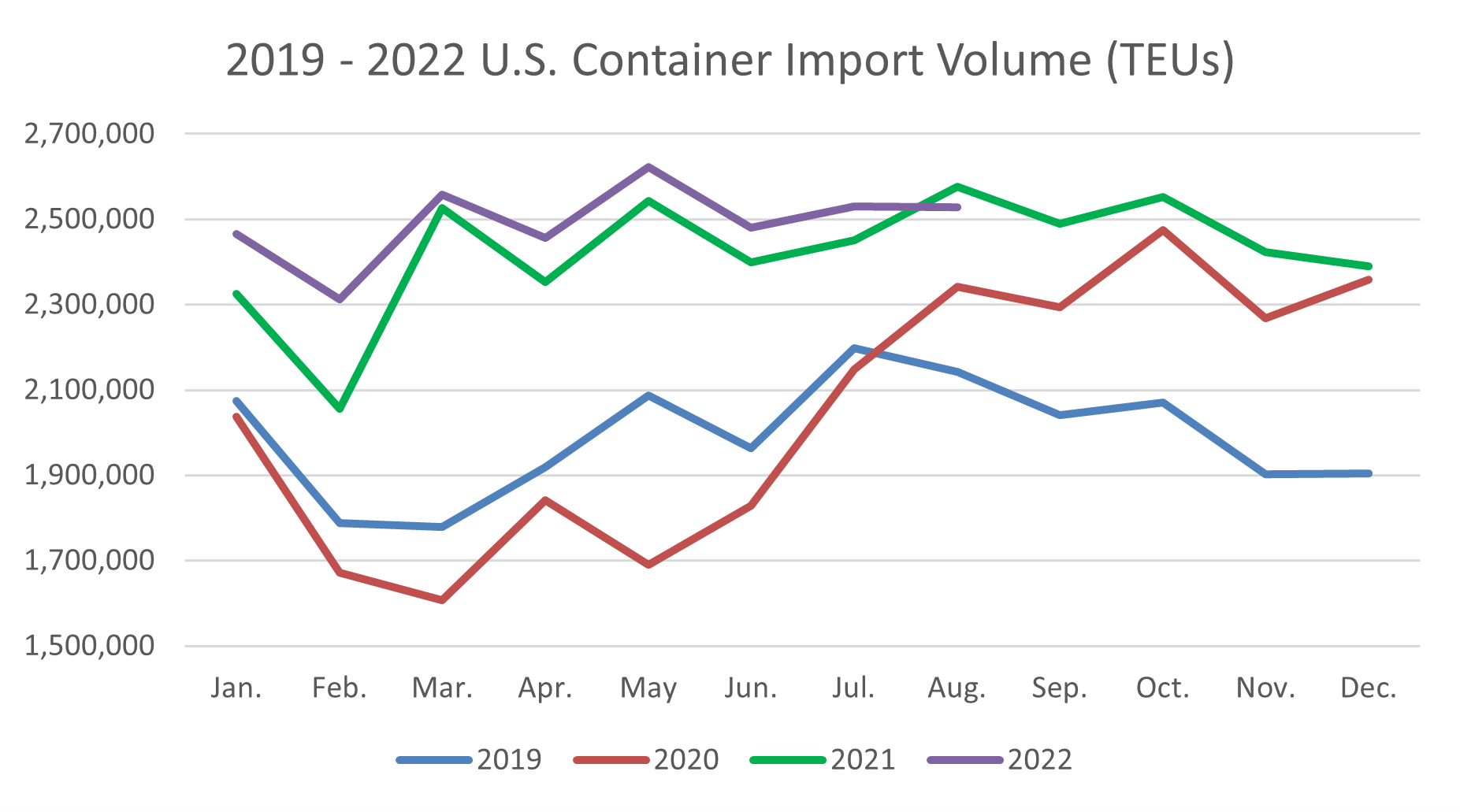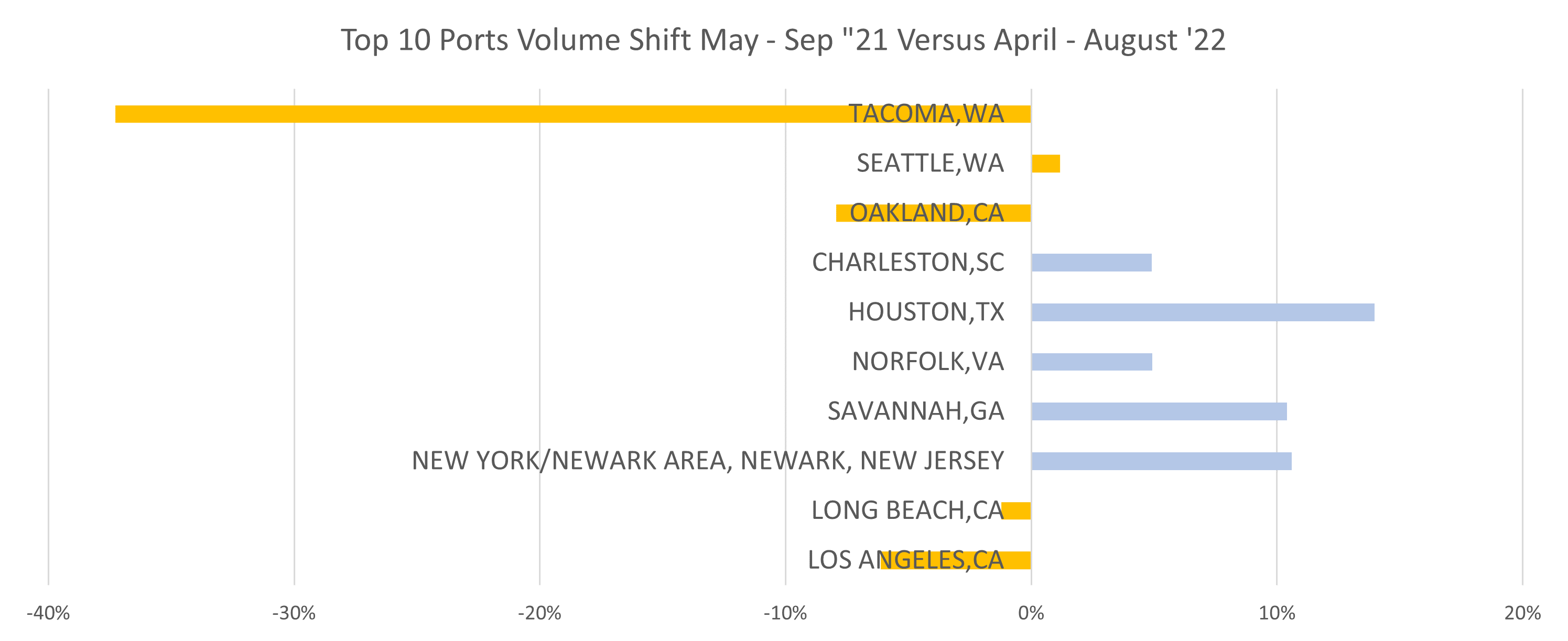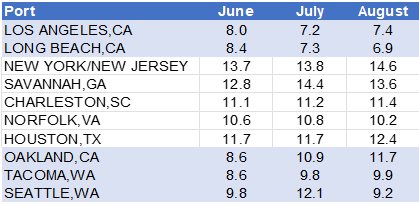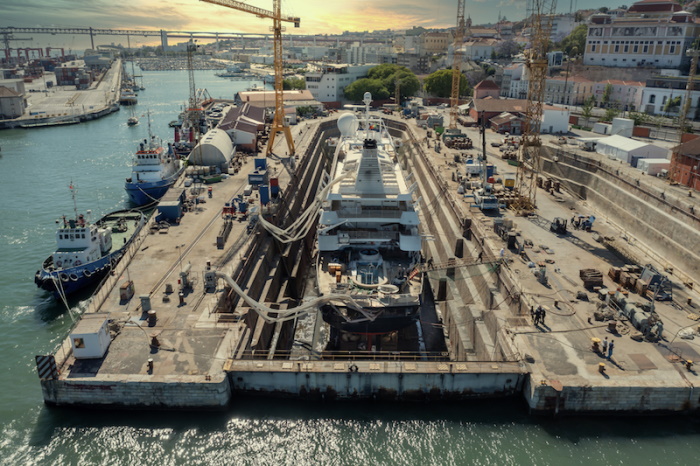Last week’s news of a Chinese couple’s audacious plot to set up a mini-state in the Republic of the Marshall Islands by allegedly bribing members of parliament and officials was deeply disturbing: if successful, it could have seen the creation of a ‘semi-autonomous region’ on the remote Rongelap Atoll to expand foreign access to the Marshall Islands, according to reports.
Even more absurd than the scheme itself was how far the pair were able to get before they were busted. As reported by the BBC, a bill supporting the plan actually made it into parliament in 2018, where it was defeated by then president Hilda Heine’s government. Heine went as far as to accuse the bill’s promoters of working for China to turn the Marshalls into a ‘country within a country’. However, after Heine’s loss in the 2019 election, the new parliament endorsed the concept in 2020, paving the way for its establishment.
As it is often rightly argued, island countries’ sovereignty and their right to do business with whomever they please should be respected. However, this case demonstrates that sovereignty can put at risk by the very people entrusted with safeguarding it, which is why any such dealings should not be above question, and scrutinising them should not be seen, or portrayed, as a breach of sovereignty.
According to the charge sheet, Cary Yan and Gina Zhou bribed several Marshall Islands lawmakers with US$7,000 to US$22,000 to support the scheme. Yan also invested in a private business venture on behalf of one official, who then appointed Yan as a ‘special adviser’ on Rongelap. Both Yan and Zhou became naturalised Marshall Islands citizens.
Despite the seriousness of the case, the Marshall Islands government has ignored opposition calls for clarification, which is puzzling; in such situations, a quick and unequivocal response can help clear the air and allay undue suspicions. On the other hand, a non-responsive attitude creates public distrust and disquiet—particularly when it’s a question of threats to territorial integrity by a potentially corrupt, treasonous undertaking.
Contrary to Heine’s claims in 2018, there is no clear indication of China’s direct involvement, although the charge sheet indicates a typical Chinese strategy of conducting business by building personal connections, sometimes with elements of chequebook diplomacy. Besides cash bribes, the accused paid for the travel, accommodation and entertainment of Marshallese lawmakers to Hong Kong for a conference to establish the ‘Rongelap Atoll Special Administration Region’. One official gave a speech in praise of the concept.
This tactic is reminiscent of ‘elite capture’, often associated with the Chinese state and Chinese businesses, with the two elements said to operate in concert. Some Pacific commentators argue that the ambitions of Chinese businesses are often closely intertwined with the ambitions of the state.
Although the involvement of Chinese state officials is unclear at this stage, there’s no denying that the Marshall Islands would be a prime target and major prize for them. The country is one of only 13 that maintain diplomatic ties with Taiwan, and, for China, it would be a major scoop to persuade it to defect, especially after having coaxed Solomon Islands and Kiribati to switch sides in recent years.
On top of this, the Marshall Islands’ Compact of Free Association with the United States is due to expire next year, and Washington has made it a priority to renew the longstanding treaty. Among other things, the compact guarantees the US free and open military access to the Marshalls, while denying others the same rights.
Given the stakes, it’s not inconceivable that China would try to gain influence in the Marshall Islands, especially in the context of recent developments in the region, such as Kiribati’s decision to ditch Taiwan, rewarded with a US$66 million Chinese grant, followed by its shocking move to lift the moratorium on commercial fishing in the Phoenix Islands. When Kiribati withdrew from the Pacific Islands Forum in July, its former president Anote Tong quipped that something was ‘cooking’ between Beijing and Tarawa, while opposition leader Tessie Lambourne was adamant that China influenced the decision.
Likewise, in Solomons Islands, claims by an ABC Four Corners report that a Chinese state-owned company was negotiating to buy a deep-water port and World War II airstrip raised deep suspicions. Like the Marshall Islands case, there were allegations of bribery and influence buying, with Four Corners purporting to show documents of a Chinese slush fund that dispersed nearly US$365,000 directly to MPs loyal to Prime Minister Manasseh Sogavare. Head of Solomon Islands Transparency International Ruth Liloqula claimed: ‘China is keeping this government together. We all assume that China is remotely controlling the government and Solomon Islands affairs.’
While China denied the allegations and an angry Sogavare threatened a national ban on foreign journalists, the Four Corners’ claims are not easily dismissible given China’s involvement in chequebook diplomacy in the region. That said, the topic of China in the Pacific is a delicate one that’s not helped by speculation. The media don’t always get it fully right, such as reports of alleged Chinese attempts to develop a deep-water port in Vanuatu. However, playing down Chinese actions in the Pacific, and underestimating Beijing’s ambitions and power, is quite risky as well.
Evidence of the impact of China’s activities in the other regions of the world is clear and it would be naive to believe that the Pacific is somehow different and immune to trends gripping other countries where China is active.
If anything, the Marshall Islands case indicates that while national sovereignty is sacrosanct, it shouldn’t be allowed to be used as a shield to deflect legitimate questions—especially by those who may be prepared to trade national sovereignty for personal gain. In other words, national sovereignty cannot be divorced from the reality that crucial decisions in a country are often the prerogative of a few elite, potentially bribable leaders who operate in secrecy, can circumvent the wishes of the people and don’t always act in the national interest.
Source: https://www.maritime-executive.com/editorials/chinese-partners-attempt-to-set-up-micro-state-on-mid-pacific-atoll











